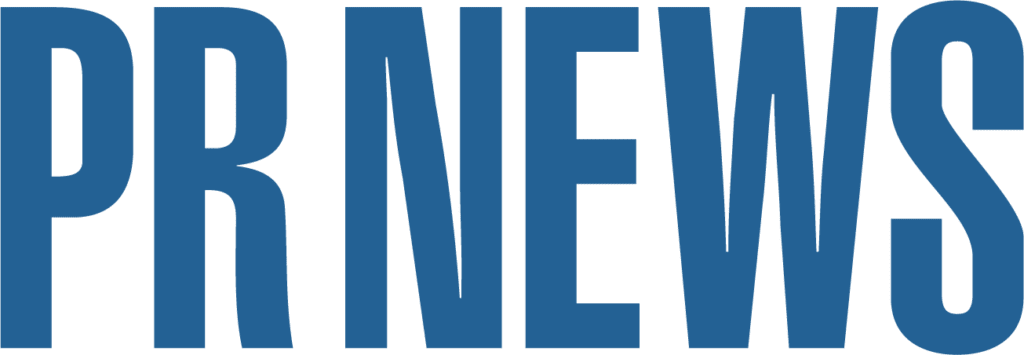For more stories like this, sign up for the PLANADVISERdash daily newsletter.
Over the past 12 months, LHD Retirement, in Indianapolis, has been on a mission to help non-savers address the financial concerns of today that keep them from saving for tomorrow. LHD identified a group of employees who needed to save more in their company’s retirement plan—they were typically lower-income with little confidence in financial matters. Rather than discussing retirement savings, LHD’s campaign focused on more pressing issues for these workers such as budgeting, debt reduction and building an emergency savings account.
“For this group, retirement planning was so far removed from the everyday that the most effective strategy was to help them first build a solid foundation so they could start to plan for the future,” says John Ludwig, a partner in the firm and its founder.
Although the campaign takes the “long approach” to retirement saving, it aligns with the ethos of LHD: “Do the right thing.”
“Just because a group may not be in a position to immediately start saving for retirement does not mean that it’s unworthy of our help,” says Ludwig.
So far, feedback from this campaign has been positive, and employees have been using the advice to improve their financial situations.
It all goes back to the organization’s mission to build trust with participants. Years after the financial crisis, the retirement industry is still struggling to gain people’s trust, Ludwig says.
For that reason, LHD conducts its own financial wellness and education campaigns. None of its educational meetings are outsourced to third-party vendors, and participants are encouraged to ask LHD advisers questions directly. The team wants plan sponsor clients to feel like they are affiliated with LHD itself, rather than with a third-party recordkeeper.
“By being the singular resource for plan participants, we’re able to build trust over a long relationship,” Ludwig says. “Our hands-on approach to employee education aims to drive participation and deferral rates higher on the plans we advise.”
LHD advisers strive to make meetings fun and high-energy, and they also present the information in a way that participants can apply to their daily lives. By engaging participants, the LHD team says they can gain insight into their thought processes and use this information to inform committee decisions and build strategies that can improve plans. Although plan design and investment selection play a big role in helping participants with retirement readiness, nothing beats financial wellness for improving people’s overall financial picture, he says.
When it comes to plan design, though, the LHD team believes in adding automatic features to fight participant inertia.
“Auto-enrollment, auto-escalation and re-sweeps can have immediate benefits for benchmarking statistics,” Ludwig says.
Team members also believe in designing match strategies that can help increase participant contributions, and encouraging plans to simplify their investment menus. An investment menu that is too complicated or has too many options can intimidate employees and result in improper asset allocation. LHD suggests reducing the number in a plan to around 10 core options, with a target-date fund (TDF).
LHD benchmarks fees annually but will do it more frequently if the demographics or the needs of the plan change. In addition, every three to five years, the company performs a blind bidding process for every plan, in that way getting vendors’ real prices for different levels of service.
One of LHD’s biggest pieces of advice to clients is that they must empower their participants to create their own retirement outcomes. The LHD team members say the same rings true for themselves; at LHD, each employee takes ownership of his work and makes it his duty to lead plans and participants to successful retirement outcomes.
“At the end of the day, a plan sponsor can have the perfect retirement plan, but if participants are not utilizing it correctly or effectively, it’s a wasted investment,” Ludwig says. —Corie Hengst
